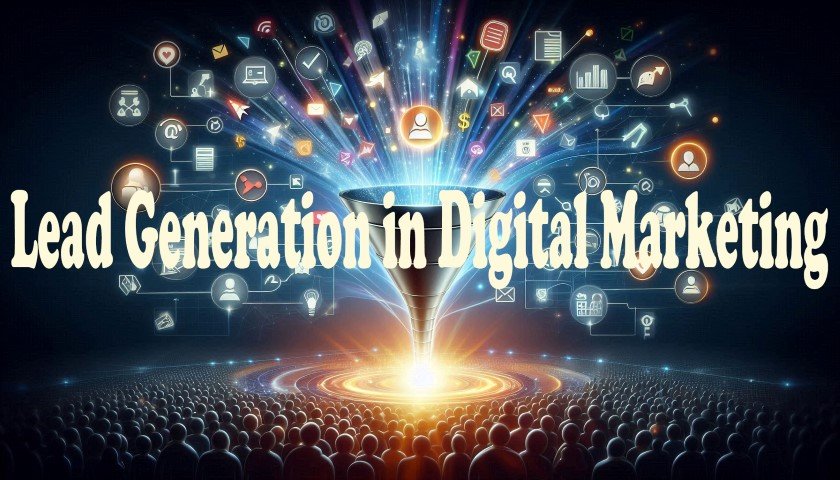What is a Lead?
In marketing, lead is a person or company who is interested to buy a product or service. Lead generation is the process of converting a visitor to a possible customer. When this lead buys the product or service, he becomes a buyer. So, lead is a prospective buyer.
A lead will share some information with the seller or company. This information may include Name, Mobile and Email. In case of email marketing,
- Name is important for personalized email
- Email is used to communicate
- Mobile is used for SMS marketing
Sellers or companies spend a lot of money to collect leads. So, whoever has more leads, his sales will increase linearly.
Classification of Leads
Leads can be classified in 3 groups:
- Group A: This lead wants the product or service immediately. So, the products or services can be sold to Type A lead easily.
- Group B: This type of lead does not want the product/ service immediately. They will know about the product/ service and may buy the product after 1 month to 1 year or 2 years.
- Group C: Type C leads are interested about the product. They became interested upon seeing the advertisement but they don’t need the product right now.
What is Lead Generation?
Lead generation is the process of finding the person or company who will be interested to buy our product or service. Companies invest a lot to find the leads. Return of Investment (ROI) will increase if the lead generation is of good quality. ROI means the profitability of an investment which equals to (return – cost)/cost. So, if our investment cost is $100 and we get back $120 from the investment, then our ROI will be (120-100)/100 or 20%.
Lead Generation Stages
There are several steps in the lead generation process which are described below:
- Awareness Stage: By different types of advertisements, for example, email marketing, Facebook ads, blog article, live event, etc., possible customers are informed about the product or service.
- Customer Consideration Stage: If a customer is interested about the product or service, he may provide his information (e.g., name, phone, email, etc.) to the company. Then the company will communicate with the interested customer.
- Decision Stage: In this stage, the customer finally decides to buy the product or service.
These stages are shown in the following figure.

Types of Leads
There are several types of leads:
- Hot Lead: It is the best quality lead for buying the product or service. It fulfills all the criteria of BANT (Budget, Authority, Need, Time frame) lead qualifying system. So, according to BANT:
- Budget is ready
- He has the Authority to take the final decision
- He has the Need for the product
- Timeframe required by the customer to buy the product
- Warm Lead: He may miss 1 or 2 criteria of BANT. For example, he may not have the budget. But still, he can be a good prospect.
- Cold Lead: He may miss 2 or 3 criteria of BANT. Cold lead can also be a customer in the long run.
- Information Qualified Lead (IQL): A prospective customer may provide his information in exchange of an eBook, data sheet, important document, etc. These leads can be communicated using an email newsletter.
- Marketing Qualified Lead (MQL): When a customer becomes a lead after seeing an ad, webinar, etc. An IQL can become an MQL.
- Sales Ready/ Accepted Lead (SRL): When the lead wants to talk with a company representative or a dealer to talk about the product, he becomes an SRL. Although an SRL may not be fully qualified at this stage, but he may become a customer in the future.
- Sales Qualified Lead (SQL): SQL is a sellable lead. He has already completed a conversation with a representative or a dealer. In this stage, the representative may convert this lead to a customer.
- Member Service Request Lead (MSRL): This type of lead is collected by an agent in a particular area. The agent collects prospective customer information by requesting them to become a member by following out a form or subscribing to a service.
Steps of Lead Generation
To generate a lead list, we have to make sure the following points:
- Methodology: Find the information of leads and store it in a google sheets or Microsoft excel.
- Quality: It can vary based on location, type of business, targeting a specific person or a group of persons.
- Information: Collect the information of the leads. The information can include name, email, phone number, address, etc.
So, if we can generation a list of quality leads, our business can grow easily. Therefore, lead generation is considered a very important aspect in digital marketing. All digital marketing strategies aim for the lead generation.

